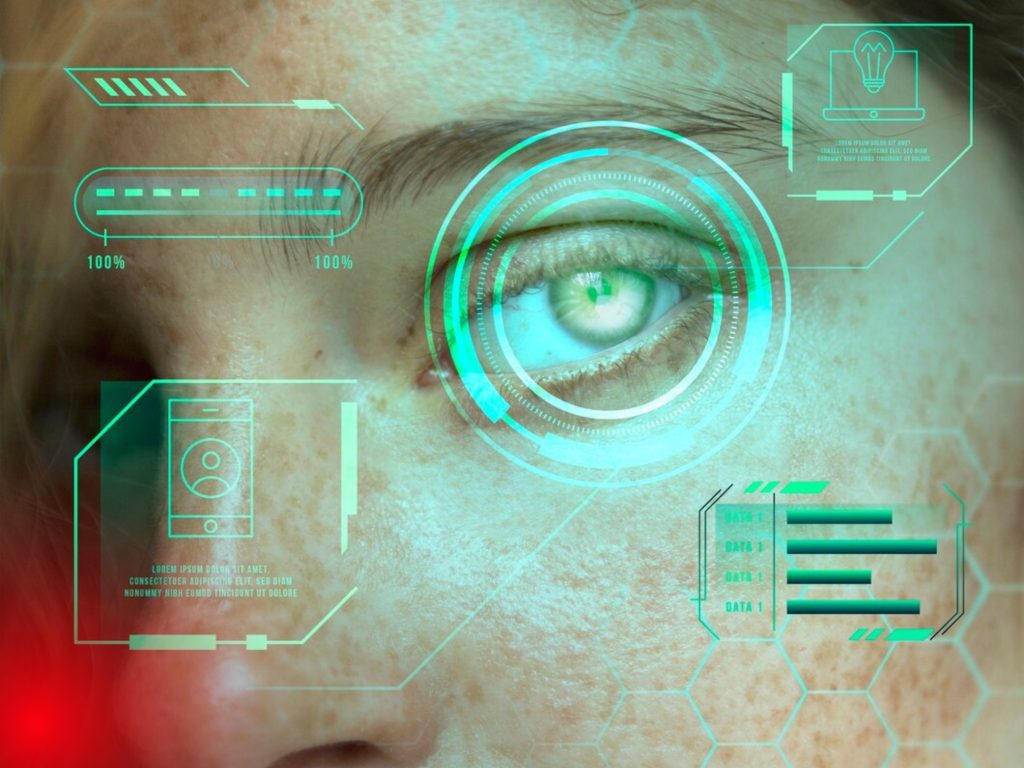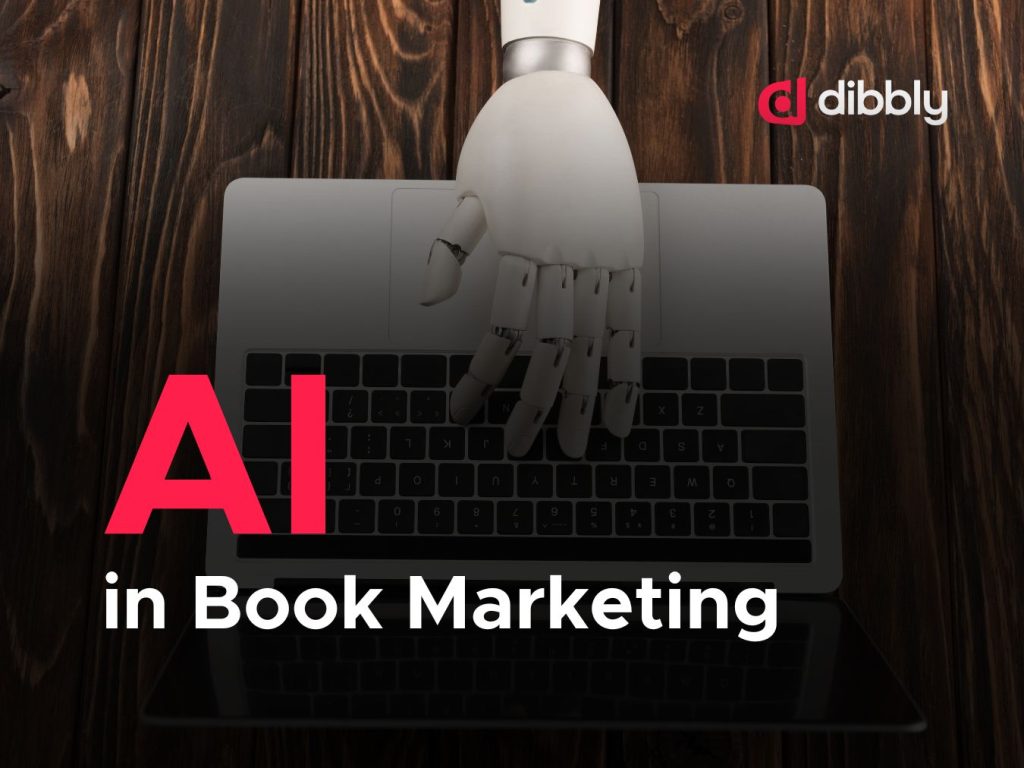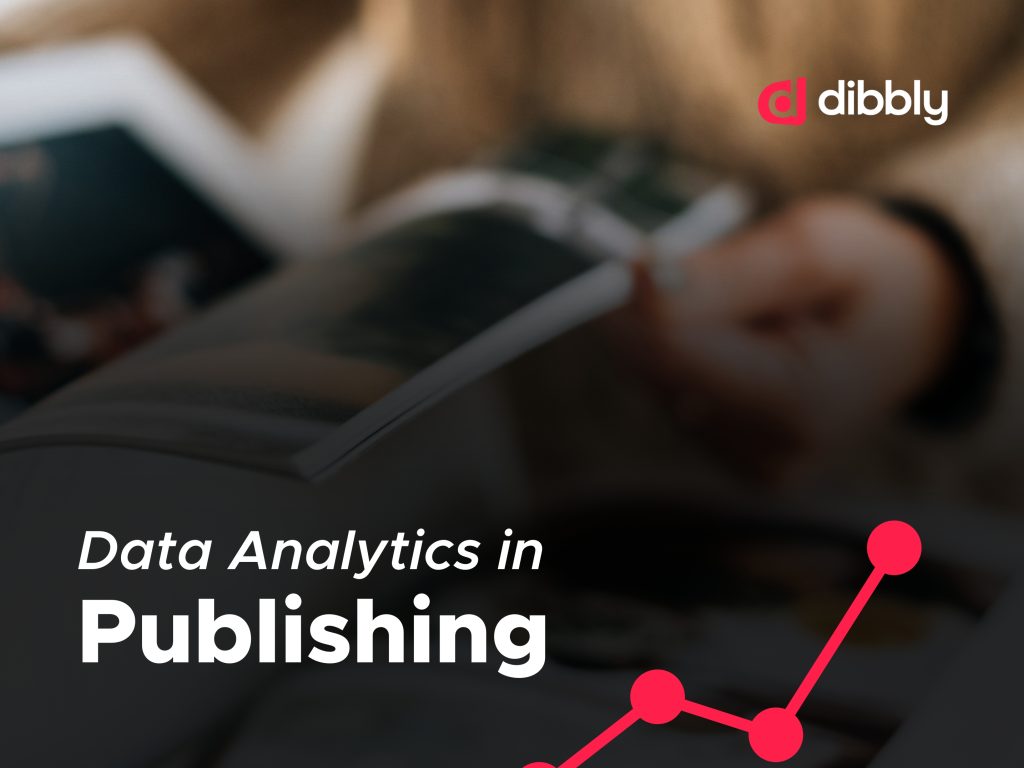What Are the Benefits and Limitations of AI Detectors?
Are you concerned about the authenticity and reliability of articles produced by AI? Join us at TUW/Dibbly as we learn the truth about AI detectors and how they contribute to the creation of high-quality content.
We are experts in content production, therefore we recognize the value of utilizing AI to produce material that is truly exceptional. We’ll examine the advantages and restrictions of AI detectors in this post.
Put your seatbelts on for an exciting journey into the realm of AI-generated content!
AI-Generated Content and AI Detectors
Imagine that you find a piece of writing that is so flawless it makes you think a person wrote it. But was it? It’s become more difficult to distinguish between true and fake content with the rise of AI-generated content.
Artificial intelligence (AI) is being used more and more frequently in many aspects of our lives as technology advances. In content moderation, AI detectors are used to find and report potentially hazardous or unsuitable information, which is one of the most commonly debated applications of AI.
It’s essential to recognize that while AI detectors might be useful tools, they are not 100% accurate, and AI is also subject to human error.
How Do AI Detectors Work?
Because AI-generated material can be made to look like people developed it, it might be difficult to tell it apart from real content, making its detection tough. To distinguish material produced by AI, however, detectors might employ several methods.
Examine the Metadata
To ascertain whether an AI system produced the information, is by examining the metadata of the content. An AI detector can find and examine the remnants that many AI systems leave behind, such as the tools or software that were used to create the material.
Examine the Content
Another strategy is to examine the content itself to see whether it has any unique patterns or traits that could have been produced by AI. AI-generated content, for instance, may display repeating patterns or unexpected variants that are not present in content created by humans. Machine learning algorithms can be used by an AI detector to examine the text and spot these patterns.
Attempts At Recognizing False Positives
Some AI detectors also employ adversarial methods to recognize information produced by AI. A separate AI system is trained to create content deliberately intended to trick an AI detector as part of adversarial tactics. The AI detector is then trained to spot these false positives, which will make it easier for it to spot AI-produced content in the future.
The Benefits and Limitations of AI Detectors
Limitations of AI Detectors
Although being made to scan information and spot AI-generated content, AI detectors are not infallible. In order to find patterns in the content, AI detectors rely on algorithms and machine learning models.
However, these algorithms can sometimes be flawed and may mistake valid content for AI-generated or fail to find AI-generated content at all. This may result in both false positives and false negatives, where valid content is recognized and removed while AI-generated content goes unnoticed.

Let us look at how a tool designed to detect AI-generated content can sometimes produce incorrect results.
Fluctuation In Accuracy
Have you ever attempted to distinguish between information produced by AI and content written by humans? Although it may seem like a fun game, it’s not always simple to distinguish between the two. The variability in the accuracy of AI detectors is one of the main problems.
Certainly, AI detectors can catch small mistakes and inconsistencies like a boss, but it’s completely another ballgame when it comes to more complicated AI-generated material. AI-generated content sometimes mimics human writing patterns and styles to where it is nearly hard for detectors to distinguish it from real human content.
Insufficient Training Data
Another drawback of AI detectors is that they need lots of good training data in order to work well. The detector might not discriminate between AI-generated content and human-generated content accurately if the training data does not contain a wide enough variety of AI-generated content.
Limited Capabilities
Using the methods mentioned above, AI detectors can only identify AI-generated content using approaches and traits that they have been specifically trained to recognize. The detector might not be able to identify AI-generated content if it is produced using novel methods or features.
Plus Side of AI Detectors
While the detectors have many limitations and fallouts, there are also a few benefits that are present and, in the future, can be developed further.
Capturing Major Parts of AI-Generated Content
AI detectors are designed to analyze content and identify certain patterns or features that indicate AI-generated content. This allows them to quickly and accurately identify spam, bots, and other types of unwanted content, improving the overall accuracy of content moderation.
However, one should always proceed with caution based on the results generated from the detector, as they could also be incorrect. Similarly, the development of AI detectors is not yet advanced enough to track all the minute generations of AI content. Even more so when you use the free versions available to everyone!
Makes the Detection Task Easier
Even though the detectors cannot track the small amounts of content generated by AI, they can surely help take down some of your tasks by identifying major bulks of AI content.
Compared to manual content moderation, AI detectors are much faster and more efficient at analyzing large amounts of content. This allows platforms to quickly detect and remove unwanted content, improving the user experience for everyone.
Time-Saving and Cost-Efficient
Similarly, we cannot overlook how time-saving AI detectors are. These technologies may rapidly and reliably identify places that need work by scanning and analyzing enormous amounts of text, speeding the editing process and saving writers important time.
Last, AI detectors can help platforms reduce their reliance on manual content moderation, which can be expensive and time-consuming. This can lead to significant cost savings for platforms, which can then be passed on to users as lower fees or improved services.
However, it is always wiser to have the modified content double-checked manually. You won’t need much man power for that which can indeed save lots of time and money.
Separating Facts From Fiction
Nowadays, it might be challenging to distinguish between fact and fiction. And many myths need to be dispelled in relation to AI detectors and AI-generated content.
Increased Paranoia
Imagine living in a society where every piece of technology you own, from your phone to your smartwatch, serves as both a tool for your digital life and a possible spy. As artificial intelligence (AI) becomes increasingly pervasive in our daily lives, some people fear a dystopian future.
One of the major worries is the possibility of our every move being detected and tracked by AI-powered devices. People may become more paranoid as a result of this because they may believe that everything they do is being watched and recorded.
This anxiety is, however, entirely unjustified. Most of the firms that make these gadgets have rigorous laws and regulations in place to protect user privacy, even though AI is growing more powerful and can collect data about specific persons.
AI is Better Than Human Writers
Although artificial intelligence (AI) has come a long way in recent years, human writers’ distinct talents and creativity cannot be replaced. AI is extremely quick and powerful, but it lacks the crucial human touch that makes writing so engrossing and appealing.
Yes, AI can produce content at breakneck speeds and generate reams of prose on every subject imaginable. But there is just no substitute for the talent and artistry of a human writer in creating truly captivating and meaningful prose.
AI may be capable of pattern recognition and data analysis, but it lacks the ability to convey the finer details of human feelings that are crucial to great writing. The best writing comes from the heart and soul of a person, whether it be a moving lyric, an insightful article, or an exciting novel.
Hence, even while AI can be a useful tool for authors, it can never be able to completely replace the human touch. There is no alternative to the genuine thing for great writing, whether you are an experienced expert or a beginning writer.
Fallouts of AI-Generated Content
Why should we prefer content written by humans over AI? Even though the production of content is being revolutionized by artificial intelligence (AI), which enables businesses to produce massive volumes of material fast and effectively, it’s crucial to understand that AI-generated content has its limitations and disadvantages.
Insufficient Context In Content Creation
The incapacity of AI-generated material to understand subtleties and context is among its most important drawbacks. While AI systems are proficient at spotting and imitating typical verbal patterns, they cannot comprehend the nuanced aspects of human speech. A news story created by an AI, for instance, might lack the tone and context that a human writer would ordinarily supply, making the content less interesting and enlightening.
Algorithms May Create Response From Biases
The possibility of bias in content produced by AI is another significant disadvantage. Because AI algorithms can only provide material that is as objective as the training data, biased training data will lead to biased results. This is especially troubling with delicate subjects like race, gender, and politics, because even slight biases can have a big effect.
Absence of Creativity and Innovation
Finally, the creativity and innovation that come from human writers are absent from AI-generated content. While AI algorithms can produce content rapidly and effectively, they lack the creative drive that human writers have. Content is frequently entertaining, memorable, and emotionally resonant because of this personal touch.
Embracing AI-generated content has many advantages, but it’s critical to understand that these technologies have limitations. It will be crucial to deal with these restrictions as technology advances and make sure that information produced by AI is morally effective.
Conclusion
AI detectors are emerging as a critical weapon in the struggle for authenticity and accuracy in content creation in a world where false information and fake news are commonplace.
At TUW/Dibbly, we are well aware of how critical it is to employ AI detectors to enjoy both the benefits and understand the limitations of AI during the writing process. With the use of AI detectors, we can distinguish between fact and fiction and ensure that the information we create is of the greatest caliber.
AI detectors do, of course, have their limitations. They might not catch every error, and more advanced AI-generated content might elude them. But we can make efforts to produce material that is reliable, accurate, and educational if we believe in the power of AI detectors and use them to detect major parts of AI-generated content.
So, keep the power of AI detectors in mind the next time you’re writing to scan an article or content of any kind to find out if it was really written by a human or not. While they can assist you, be cautious about the fallout of these AI detectors. They may not always catch the content, or they may not catch it all. But they can be a vital tool to make the detection process easier.













